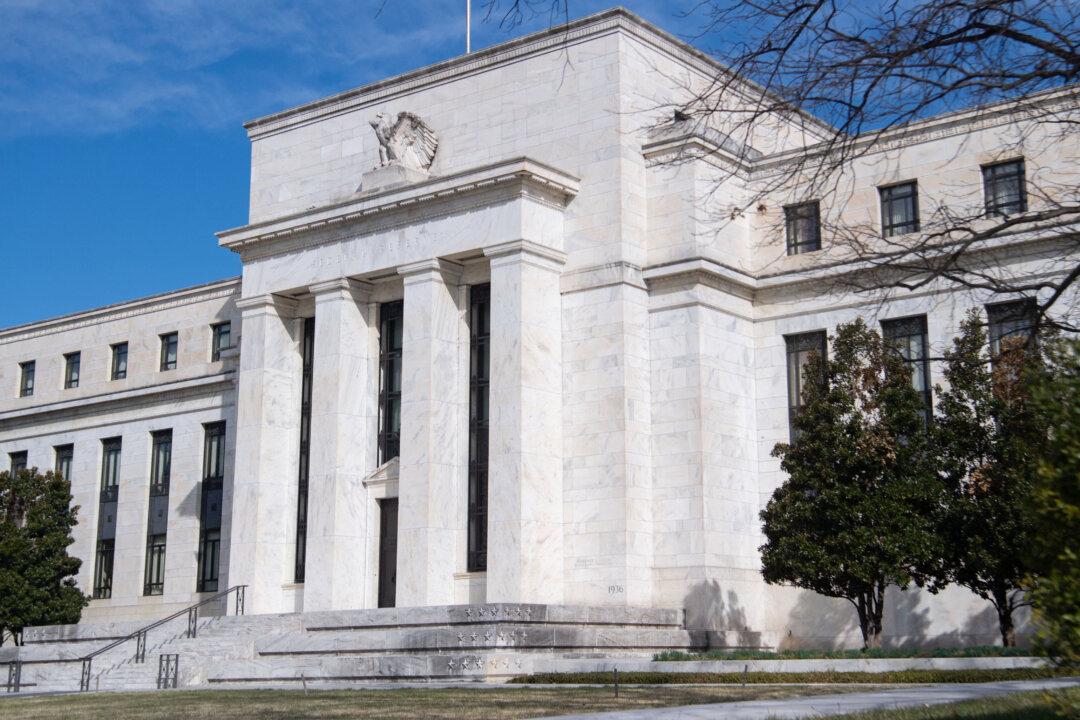American banks lost a record $370 billion in deposits in the second quarter, the first decline since 2018, according to the Federal Deposit Insurance Corporation in its quarterly summary.
FDIC insured commercial banks and savings institutions had a net income of $64.4 billion in the quarter, down 8.5 percent year over year, primarily due to higher provision expenses.Provision expenses increased $21.9 billion from the same quarter in 2021, driven largely by banks with more than $250 billion in assets.
Total bank deposits fell to $19.56 trillion as of June 30, down from $19.93 trillion in March.
Despite making up only 3 percent of the total number of FDIC insured institutions, major banks with assets worth more than $10 billion accounted for 80 percent of the industry’s earnings at end of the second quarter, Zacks reported.




